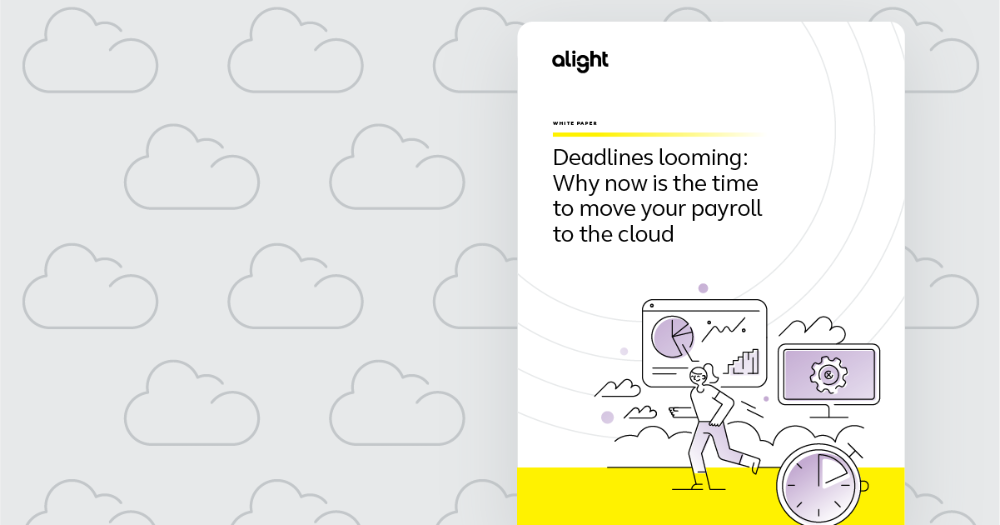Ready, steady, restructure! A guide for Workday reorganisations
Let’s face it – reorganisation of the supervisory organisation hierarchy can be complex and require extensive analysis and data gathering prior to initiating the events. It’s important that your HR partners and business leaders are engaged in order to ensure that a comprehensive list of all the required updates are included. Download this guide for Workday reorganisations, which can help keep you on track.
Data gathering and analysis
This phase should help you answer the following questions for supervisory organisations or workers:
For supervisory organisations
Are new supervisory organisations required (i.e. a new team is being created, probably for a worker who has not been a manager before)? If so, you’ll need to obtain the following necessary information:
Details (i.e. availability date, name, code, visibility, primary location)
Staffing model
Role assignments (i.e. manager, owner, hierarchy owner)
Organisation assignments (allowed and default)
Are there updates required for existing supervisory organisations? Some examples include:
Assigning a new superior organisation (if the hierarchy structure is changing and the organisation will be reporting to a different manager’s manager)
Assigning a new manager role (if the team remains the same, but a new worker will be managing it)
If any of the other details about the organisation are changing (i.e. name, primary location, organisation assignments)
Should any existing organisations be deactivated (if the organisation is no longer needed or has no active members, open positions or any staffing actions in progress)?
For workers:
Which workers are changing positions?
For those that are changing positions:
Will new positions need to be created?
Will the position details of existing positions need updating?
Will any positions need closing?
Which workers will be moving to a new manager/supervisory, organisation?
If the worker is a manager, will their supervisory organisation also be moving to the new superior?
What other job data needs updating (i.e. job profile, work location, scheduled weekly hours, compensation)?
Are organisation assignments being updated (i.e. business unit, company, cost centre, customised organisation, region)?
And finally, what is the effective date of the reorganisation?


